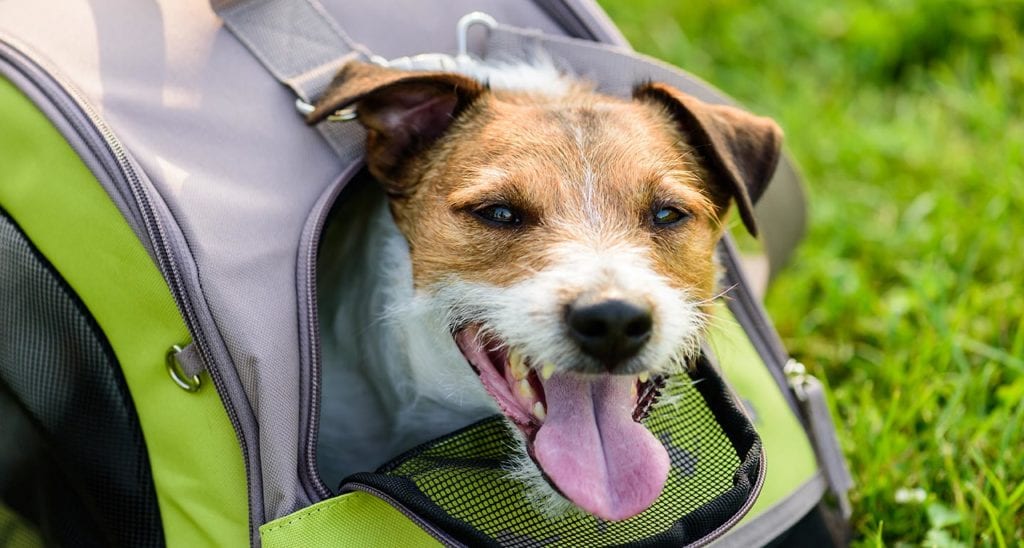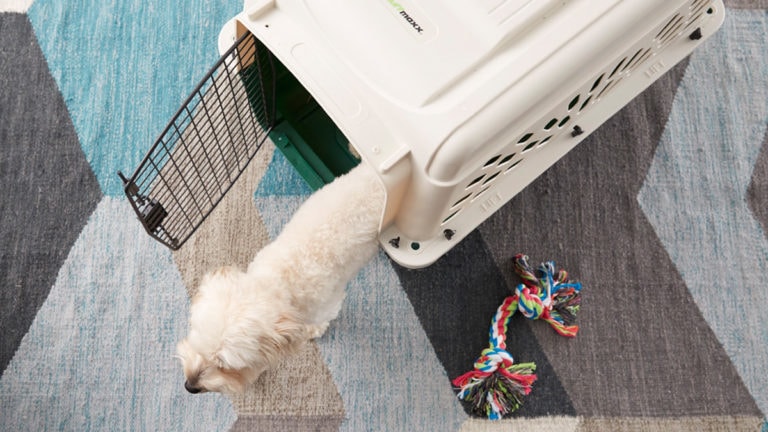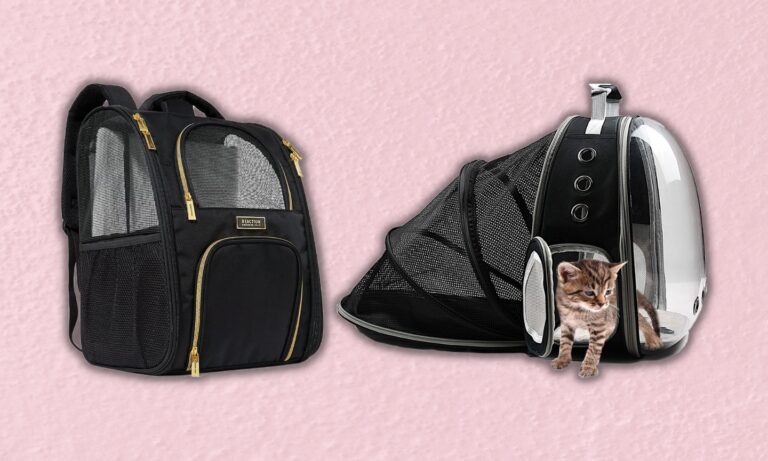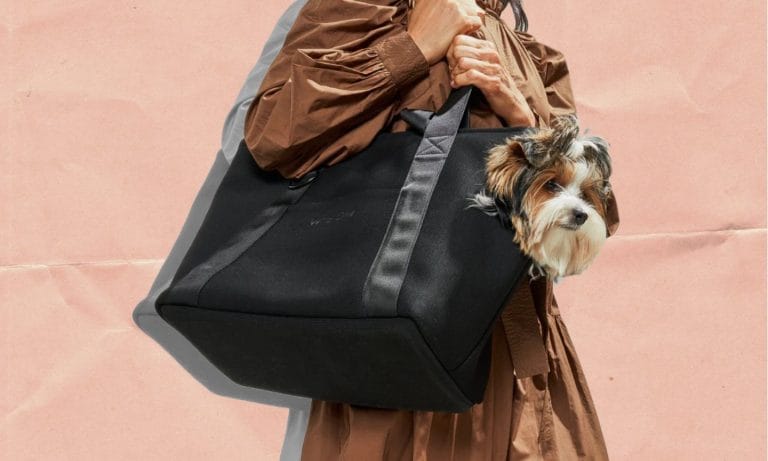Summertime means vacation—and you don’t want to go anywhere without your sweet fur baby. Packing him into a carrier isn’t always easy, but for his own safety and comfort, your cat or small dog needs the protection of a quality dog kennel. “A good pet carrier should be both lightweight and easy to carry, but also allow enough room for your dog or cat to stand up and turn around,” explains Stephanie Liff, DVM, medical director at Pure Paws Veterinary Clinic in New York City.
Before you book your next trip, check out this guide to selecting a dog or cat carrier, as well as which one works best for travel by car, rail and in the air. There’s a bit of homework involved, too. “It’s never a good situation when your pet isn’t allowed on board because of a stipulation you should have known about ahead of time,” warns Liff. Bottom line: read up on those regulations! Here’s what you need to know for the best vacation this season.
Size It Right
Before you purchase a pet carrier, make sure you know your animal’s current weight, and then read the labels carefully. Cat and dog carriers are designed with pet weight and breed in mind. You’ll want to choose a carrier that allows your pet to stand and shift around without having to crouch in an awkward manner. Ask your local pet store owner if you can try out carriers before you decide on the best one.
Soft vs. Hard
Deciding between a fabric option and hard shell depends on how you’ll be traveling and your own preference. “For car travel and when toting your pet in the cabin of plane, you might want a soft carrier,” says Liff. But if your larger animal is flying in the cargo hold, he’ll need a hard version. Keep in mind that plastic carriers are a bit bulky and often heavier, while soft ones are lighter and can mold to small spaces in your car or under the seat in front of you on a train or plane. The MidWest Spree Plastic Pet Carrier is a nice hard-sided option for both cats and small dogs.
Consider the Amenities
This piece of luggage isn’t full of bells and whistles, but there are a few extras you might look for when considering a cat or dog carrier. Cases with generous back, front and side panels made of mesh allow for breathability and may calm a kitty or pooch who’s afraid of being shut in. Built-in dishes for water and kibble are two more smart add-ons for longer trips. The Petmate Navigator Plastic Kennel has lots of holes so you can steal a peak and make sure your pet is happy.
Planes, Trains and Automobiles
If you’re using your own car for travel, you can pick the carrier that best fits your animal. But if you’re taking the train or a plane, check with your carrier to learn size and breed rules. “There are no upper weight limits for cargo travel—but it can get costly since it’s based on size,” points out Liff. In the cabin, the weight requirement for dogs is usually 20 pounds or under. There are often breed restrictions too, so contact your airline as well as the country of entry, if indicated, to be sure your pet will be accepted, she adds. The Petmate Soft Sided Pet Kennel Cab & Carrier sports two doors for top and front loading.
Wheeled and Wearable
If you’re going on a very long trip where you’ll change planes or need to walk extensively, look into a pet carrier with wheels. This type of carrier rolls smoothly and may appeal to a cat or dog who’s sensitive to jostling. You might also consider a wearable cat carrier or one that’s fashioned as a sling. Not only will you get to hold your kitty close, you’ll also be the envy of most travelers you encounter (so adorable!).
Share:













